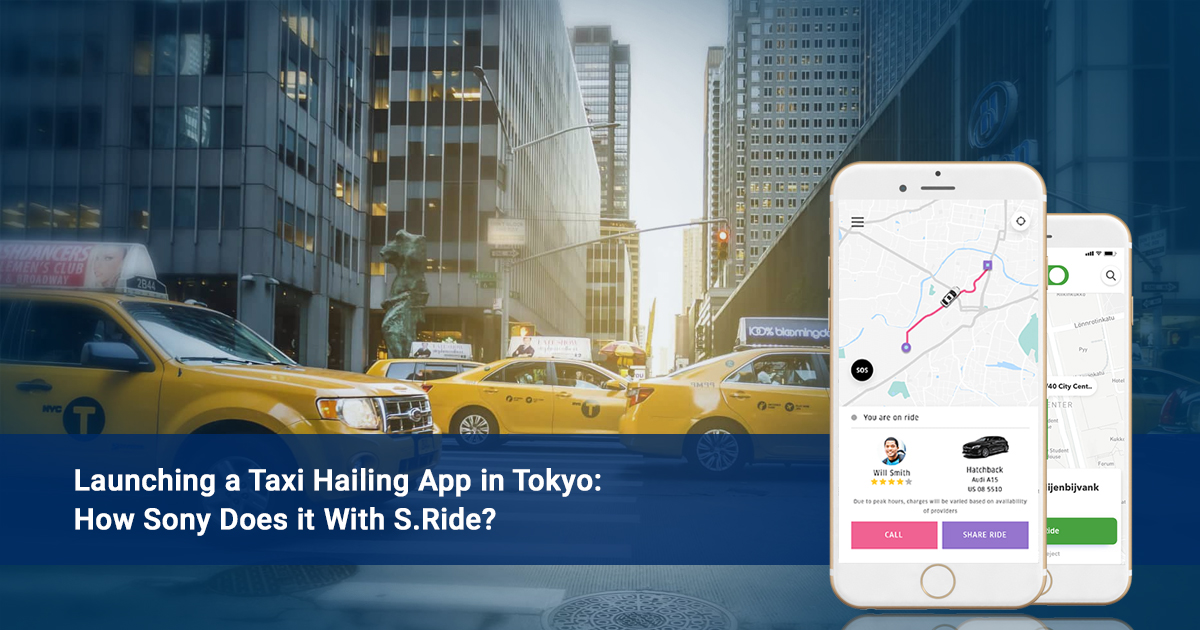
When we think about Uber, what immediately comes to our mind is cabs. We assume Uber to be an amazing transportation company. While there is no question that Uber revolutionized transportation, Uber is, in essence, a technology-based disruptor. What Uber did is to make use of the latest technology in breaking what was considered normal at that point in time.
Uber did not change the way cabs were driven – it was the same drivers and the same gasoline engines, and electric motors in some cases! However, what Uber did was to change the way the driver connected with a passenger who actually needed transportation.
Striking at the root of a process has its own benefits. It helps you diversify your portfolio of services and that too, in a very effective and efficient way. This is precisely what Uber did. They realized that what they have hacked is not transportation but technology. This is what enabled them to create a simple taxi app that started with operations in New York. In 2010, a year after it was introduced in New York, it also started serving San Francisco.
Uber came with better quality cars and aptly named it UberX and this service started in 2012. With the growing demand for carpooling and ridesharing, Uber started off with UberPOOL in 2014. Uber made sure it took into consideration the convenience and the competition. In 2014, Uber created Uber Moto which enables users to request motorcycle taxis. To take on the competition by players like Ola in India, they came up with the concept of Uber auto that delivers auto rickshaws to customers at their location.



